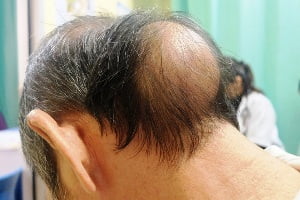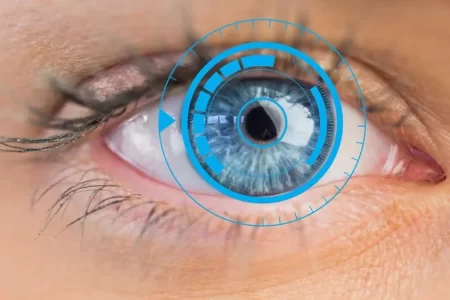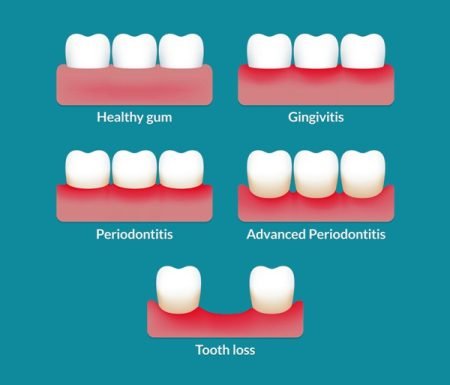Browsing: Keratoconus
Comprehensive Information, Resources, and Support on Keratoconus
Our eye is one of the most sensitive parts of our body. You need to take extreme care and do…
Corneal Transplant Surgery (Keratoplasty): Procedure, Types, Side Effects, Complications, Rejection
A cornea transplant may be needed when eyeglasses or contact lenses are not effective enough to restore the vision, or if medications do not help the painful swelling in eyes. A cornea transplant can be recommended by an eye specialist in many conditions which involve damaged cornea such as keratoconus.
Corneal Topography Mapping
The cornea is a clear transparent portion in the eye. Its function is to help in the refraction process and therefore, for healthy vision a rounded cornea is needed. Corneal topography is a computerized mapping tool to determine the curvature of the cornea’s surface whether or not it is misshapen.
Keratoconus is a condition in which the cornea of your eyes lose its original round shape and become cone-shaped bulging upwards and downwards. Corneal cross-linking surgery is performed in patients suffering from keratoconus. This procedure helps in regaining the shape of the cornea and makes the corneal tissues strong. It is a non-invasive procedure generally performed in patients for avoiding corneal transplant surgeries.
An Overview of Keratoconus
Keratoconus is a non-inflammatory condition in which cornea gradually thins and bulges outward into a shape of a cone. This process of reshaping cornea is known as corneal ectasia. Keratoconus is a bilateral ocular disorder and may affect each eye differently. Most people with keratoconus have only mild forms of the disease.
Different Stages of Keratoconus
Keratoconus is classified as stage 1, 2, 3 and 4, which range from mild to severe cases of keratoconus. Each stage of keratoconus signifies steepening of the central corneal, morphological and topographical patterns of the cone in eyes. The treatment method for each stage keratoconus may be different.









